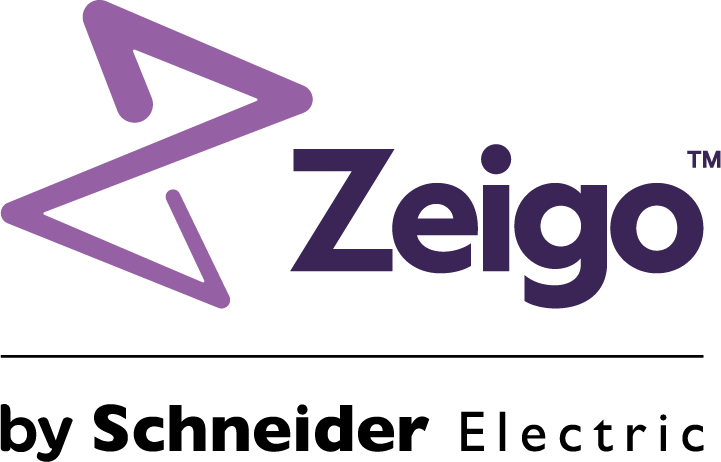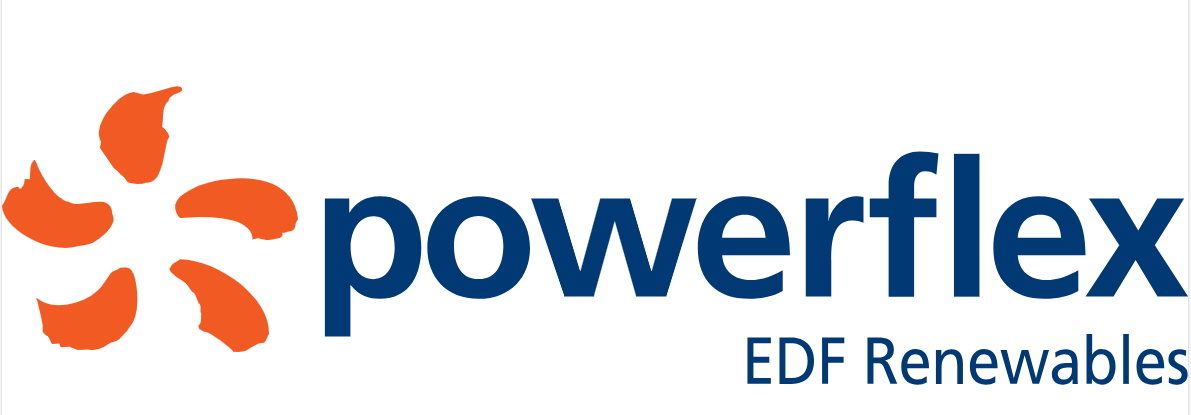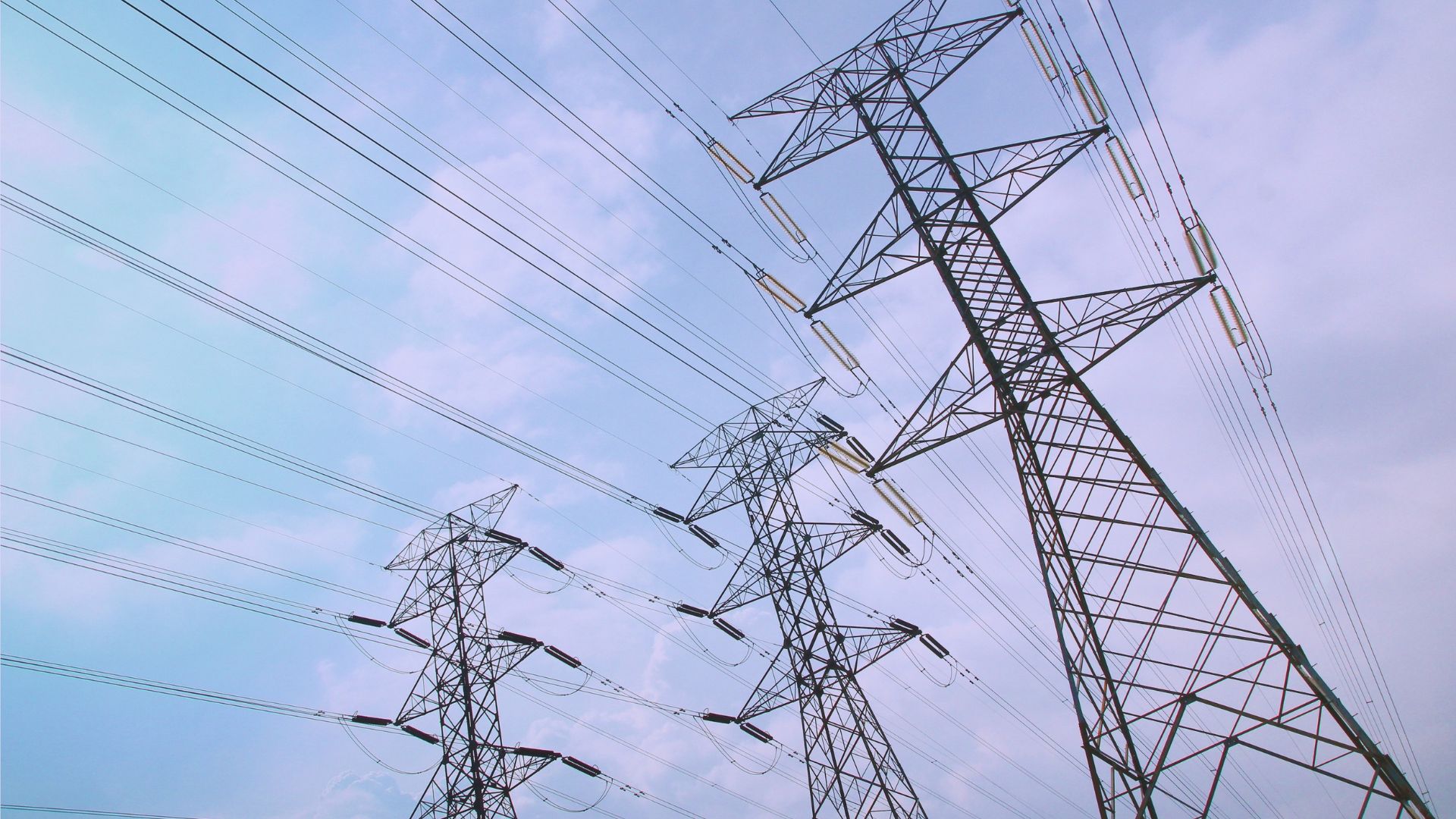Maximize your impact in just 4 hours
March 26 | 10am-2pm EST
A half-day virtual workshop exploring new ways to deepen the impact of corporate clean energy initiatives
Many corporations are factoring the carbon intensity of the grid into their decision-making.
It’s informing where to focus decarbonization efforts to achieve faster progress and more bang for the buck. Learn about grid decarbonization as it applies to:
Featured speakers
Our specialists from Schneider Electric are joined by experts from Jupiter Power, Rocky Mountain Institute, WattTimg.org, Prologis and Powerflex.
-
Chisara
EhiemereSenior Research Lead, Rosi, NYU
Additional description copy as needed.
-
John
HoekstraGlobal Head of Sustainability Solutions, Prologis
Enjoy working and serving global clients in the space of sustainability and renewable energy. Experience ranges from strategic goal setting to renewable energy power purchase agreements (PPAs) to new business models and corporate strategies.
-
First Name
Last NameTitle, Company
Additional description copy as needed.
-
First Name
Last NameTitle, Company
Additional description copy as needed.
Who you’ll meet
Join this event to meet experts from Schneider Electric, Zeigo, Prologis, Jupiter Power, Powerflex, and more.


Agenda
During this half-day event, we’ll explore new methods for deploying renewables and efficiency tactics that maximize decarbonization and bolster the reliability of the grid, resulting in new clean energy and avoided emissions.
-
10 am
Welcome & Session 1
-
Pathways Toward Grid Decarbonization
Virtual
Welcome & Opening Remarks
Our climate goals will require major upgrades to the grid in the next several years. What are the challenges and the opportunities? What new policies are changing the landscape of grid decarbonization? What trends/technology will likely create new opportunities for taking action in the near future?
Ron Taglieri, Offer Leader – ESS Global Demand, Schneider Electric
Charles Cannon, Manager Carbon Free Electricity, Rock Mtn Institute
Henry Richardson, Senior Analyst, WattTime.org
11am – 11:45am
Session #2
-
Where the Rubber Meets the Road
Virtual
Welcome & Opening Remarks
Laura Eve, Vice President, SaaS Sustainability Solutions, Schneider Electric
Panel Discussion: New Developments on the Renewable Energy Landscape
Panelists will kick off the conference with a lively, engaging discussion of several evolving trends on the renewable energy landscape, including US policies and regulations, global market growth for new PPA and EAC markets, supply chain decarbonization and Beyond the Megawatt initiatives. The conversation will open up to the audience for 15-20 minutes of Q&A to conclude this session.
John Powers, Vice President, Renewable Energy & Cleantech, Schneider Electric (moderator)
Drew Crowder, Global Renewable Energy, Equinix
Ornella Nicolacci, Director – Beyond the Megawatt, Clean Energy Buyers Association
Alexa Paton, Senior Vice President, RWE
10:30–11am
Networking Break
11am–12pm
Breakout 1
-
Evaluating PPA Risks in the Current Market
Commonwealth 1
Historically high PPA prices. IRA uncertainty. Renewable energy supply chain challenges. Volatile EAC pricing. Evolving dynamics and emerging risks are changing the landscape of renewable energy decisions for developers and PPA offtakers. Yet, companies and developers are still finding paths forward on PPAs by better evaluating and understanding PPA risks. In this session, we’ll discuss:
- Market dynamics and the impact on PPA counterparties
- How Schneider Electric evaluates risks on behalf of clients
- Strategies and options for mitigating risks
- How renewable energy developers evaluate risks in project development and financing
Mike Nolan, Associate Director, Renewable Energy & Carbon Advisory, Schneider Electric
Craig Konz, Renewable Energy & Carbon Advisory Manager, Schneider Electric
Michelle Rodriguez, Director of Origination, Arevon Energy Inc
Paul Bachmuth, Senior Director of Origination, National Grid Renewable -
Roadmap to 100% Renewable Energy
Commonwealth 2
How can corporates create and execute a renewable electricity strategy while navigating the various complexities in this space? Is it still best practice to look at onsite first, or are you better off blanketing the US with a PPA, if that’s even a viable option? This session will provide an overview of the corporate renewable electricity market, available procurement mechanisms and how can companies prioritize options to meet sustainability targets while successfully navigating various risks, reducing GHG emissions and obtaining budgetary certainty or potential savings. In this session, we’ll discuss:
- How renewable electricity fits into corporate decarbonization
- What is renewable electricity and how it’s procured
- How to create and implement an obtainable and effective strategy
- Case studies from other corporates who have achieved success
- Considerations buyers should be aware of for each procurement mechanism
Emily Johnson, Sr. Client Development Manager, Renewable Energy & Carbon Advisory, Schneider Electric
Josh Heeman, Sr. Manager, Renewable Energy & Carbon Advisory, Schneider Electric
12–1pm
Lunch
1pm-2pm
Mainstage Presentation
-
What the changing policy environment means for your energy procurement strategy
Commonwealth 2
The proposal to revise the EU’s electricity market has brought power purchase agreements to the main stage of the discussion on financing the green transition. PPAs across industrial sectors have backed the high ambitions to decarbonise Europe’s economy. But is the current fast-changing policy environment providing the stable rules we need to incentivise investment in renewable energy and PPAs?
2pm-3pm
Breakout 2
-
Multi-buyers PPAs: the emerging landscape of PPAs?
Commonwealth 2
Go it alone or do it with others? This is an emerging landscape of corporate renewable energy sourcing. How does it work exactly? What market does it address, and does it lower the risk of signing a PPA? What are the benefits, and what can we learn from this model?
-
Client Case Study
Commonwealth 3
Client preferred a Direct (physical PPA), but decided to benchmark DPPA offers against VPPA offers, then pivoted to VPPAs because of the stronger economic benefit. But how did they overcome IFRS challenges? And how did they apply traditional hedging instruments, given the VPPA wasn’t the ideal hedge that they had been looking for in the DPPA?
-
Software-enabled decarbonization
Commonwealth 1
Goodbye spreadsheets and hello IT: the sustainability software market is booming. As companies shift from voluntary disclosure to meeting regulatory requirements for auditable ESG data, sustainability practitioners are challenged to identify, evaluate, procure and navigate new software systems. Learn how to get sustainability software right the first time through effective due diligence, collaboration with tech support, clear information architecture and the right level of customization.
-
-
-
Past events images






Extremely well organized with the complete package of presentations from industry leaders and also enough time for networking.
Explore past events
Past Event 1
Save your seat
Join us on March 26 to learn the most effective way to leverage your decarbonization efforts and political capital to amplify your impact.
Register Now

